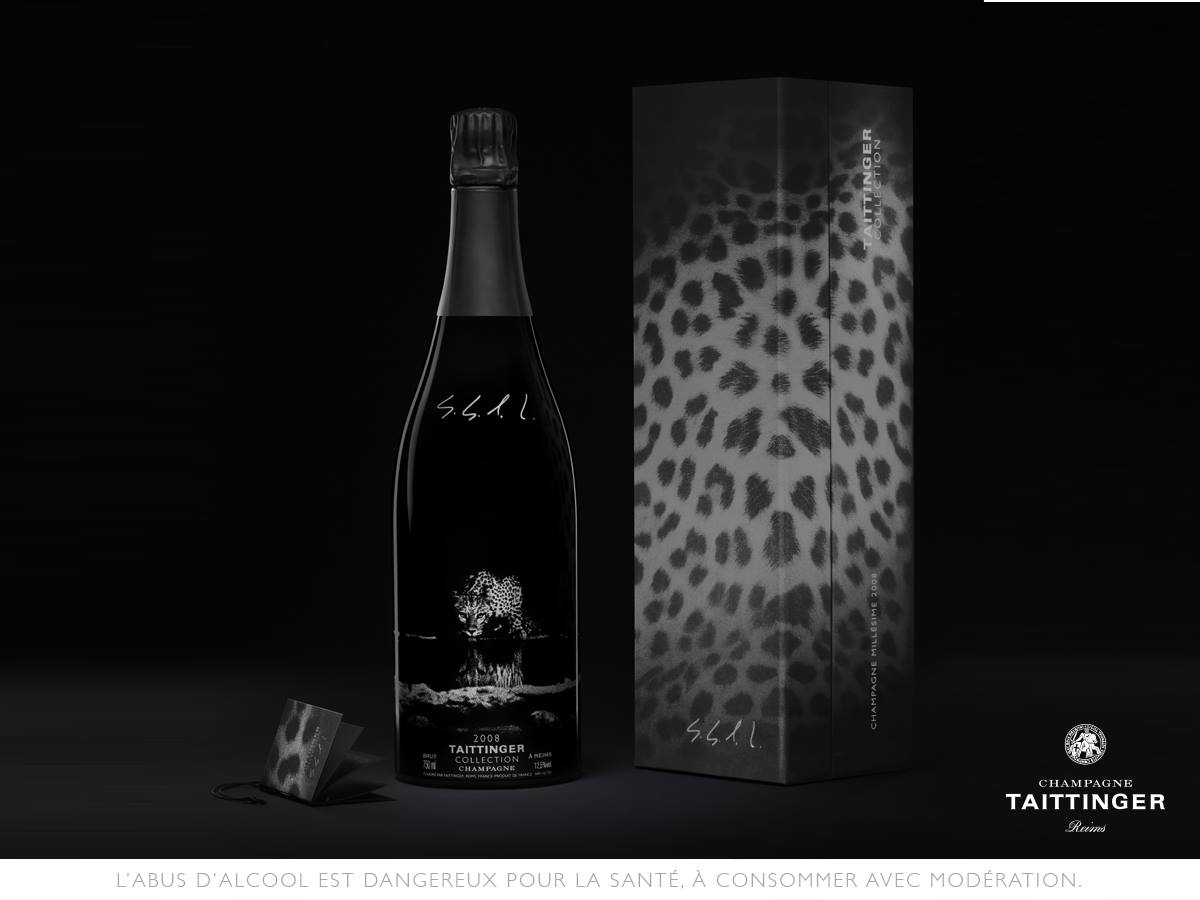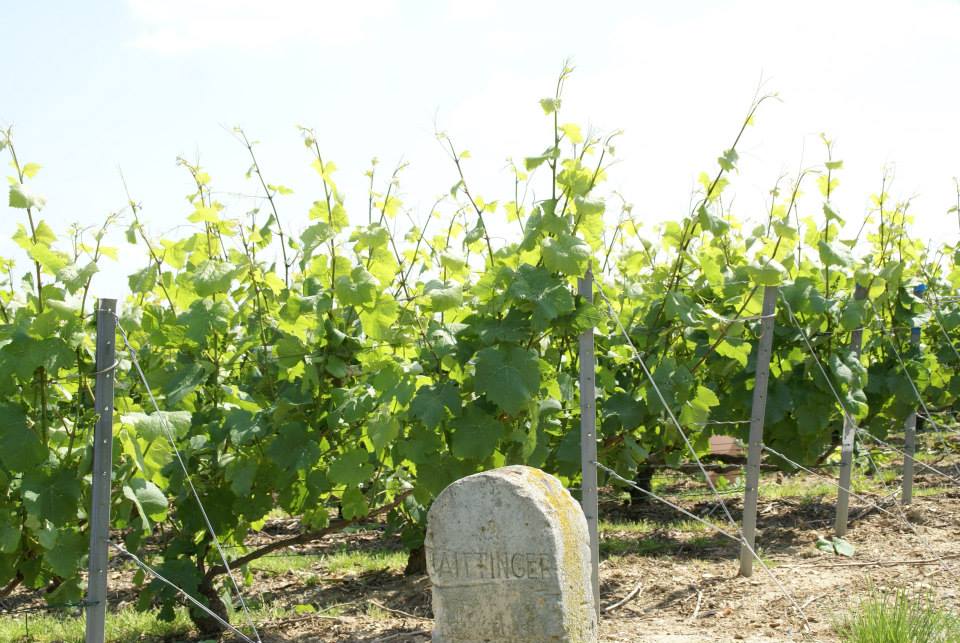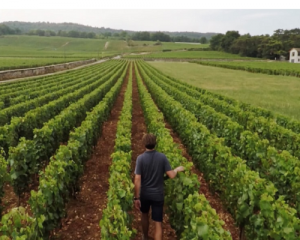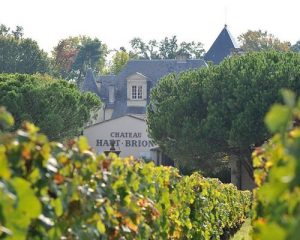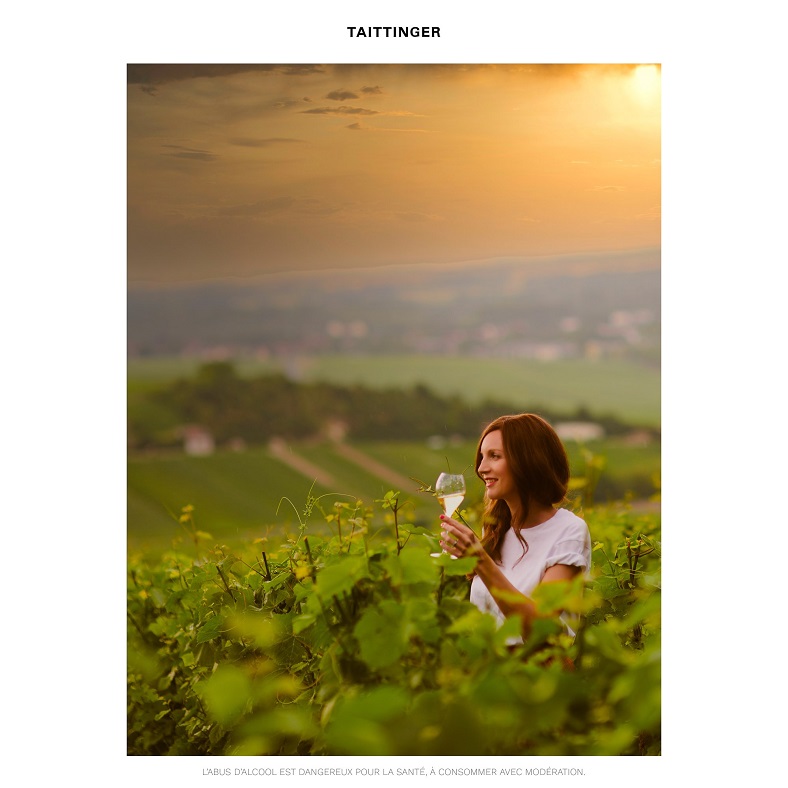
Taittinger: a signature, a fascinating and irreproachable house, and one of iDealwine’s partner domains. Here we take a look at a champagne produced and run by a family more united than ever. Between last minute transmission and international expansion, Taittinger continues to make thrive its 288 hectares across the best Champagne terroirs.
A bold last-minute purchase
In 2006, the Taittinger empire was dismantled and bought by the American fund Starwood Capital. Several jewels are sold: Crillon and Lutetia, two mythical Parisian hotels, the crystal-maker Baccarat, a highly traditional house… and the eponymous champagne house. Pierre-Emmanuel Taittinger enters his thirtieth year of career in the family owned champagne house where he began as a salesman. With his family branch and the support of Crédit Agricole du Nord-Est bank, Pierre-Emmanuel Taittinger decided to buy the champagne production business. Indeed, we can appreciate the perseverance shown to keep this house family-owned – especially such a giant producing several million bottles a year – whilst working in a luxury and competitive environment.
Champagne Taittinger: tradition and prestige
In 1932, Pierre Taittinger, Member of Parliament, bought the champagne house “Forest et Fourneaux”. Since then, the vines of the house have received with the most meticulous care: “viticulture is an integral part of their job”. Generation after generation, the vineyard was gradually extended, with the purchase of acres from the Marne valley, towards the Côte des Bars. Today they cultivate 288 hectares spread over 34 crus among the best appellations, such as Avize. This production is complemented with the purchase of wines and grapes, all carefully selected. Although the house uses mainly Pinot Noir (48% Pinot Noir, 37% Chardonnay and 15% Pinot Meunier), Chardonnay is its trademark, conferring characteristic elegance and freshness to the champagne. Indeed, Taittinger is one of the main buyers of grapes from winemakers in the Côte des Blancs. In the three pressing centers, the grapes are separated by vintage, grape variety and fraction, before vinification. Against the current trend, Taittinger fully assumes selecting the best vines to replant them. This replanting technique ensures the conservation of a regional genetic heritage. Tradition is at the very heart of what they do.
Architecture and history for inspiration
The Taittinger house enjoys a wonderful architectural heritage, which is skillfully brought to the fore. Established in Reims, the house was built where the 13th century abbey church of Sainte-Nicaise stood. The order of Saint Benedict had considerably contributed to structuring the vineyard. At 18 meters deep, at the bottom of the chalk quarries, sleep the treasures of endless galleries dug in the limestone since the fourth century.
In the heart of Reims is the former home of the Comtes de Champagne, a medieval vestige that served as a reception hall for royal coronations.
An adherence to this history gave birth to the iconic Taittinger cuvée Comtes de Champagne, a tribute to those who worked to make the region more influential. This vintage champagne is Blanc de Blancs – 100% Chardonnay – with the most qualitative grapes from the Côte des Blancs. The must is almost perfect: only the Cuvée, the wine from the first press, is used. This Champagne reveals a pure nose, with remarkable aromatic complexity and potential, after ageing for at least 10 years.
Champagne herald across the world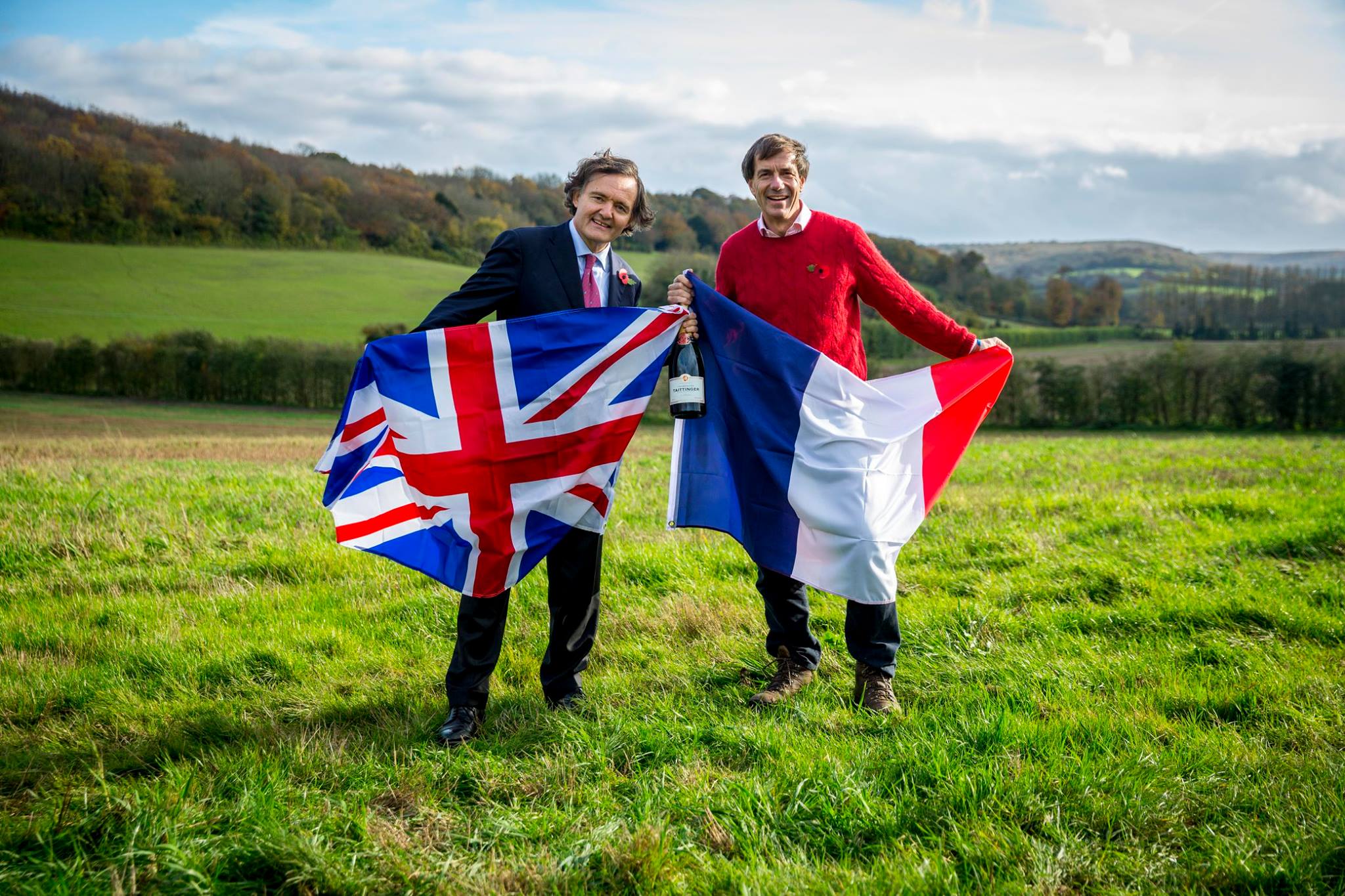
Since the late 1970s, the pioneer spirit of Taittinger led the house 12,000 km away from Reims to California where, in association with Kobrand Corporation, their American distributor, they created the Carneros domain. Halfway between Napa and Sonoma, an American “sparkling wine” is produced, resembling champagne. The idea was to bring the spirit of champagne to California.
In 2015, Taittinger decides to conquer England. In Kent, not far from Canterbury, on chalky soil, Pierre-Emmanuel Taittinger chose to plant the same grape varieties as in Champagne. A clever way to get a foot in the door whilst remaining authentic and spreading the traditional Champagne method.
Flying the champagne’s flag across the globe is what Taittinger does best, even when in France people get in the way. We remember that Taittinger valiantly defended itself after having been attacked during the 2014 Football World Cup, the brand was selected as the official champagne supplier for the event. Pierre-Emmanuel Taittinger also shows a strong commitment in the actions carried out by the sector: he managed last summer the second edition of “Séjour des Réconciliations” a great event and meeting in echo to the inscription of Champagne Hillsides, Houses and Cellars at the UNESCO World Heritage.
Fresh blood
A breath of fresh air is blowing over the house with the arrival of two of Pierre-Emmanuel Taittinger’s children. Clovis Taittinger works for export and this is an immense job, as the foreign market represents more than 70% of the production. At the same time, Vitalie Taittinger, muse of the brand, is also the artistic manager. A winning tierce to revive the image of this house much loved by connoisseurs and for a long time still, we hope.
